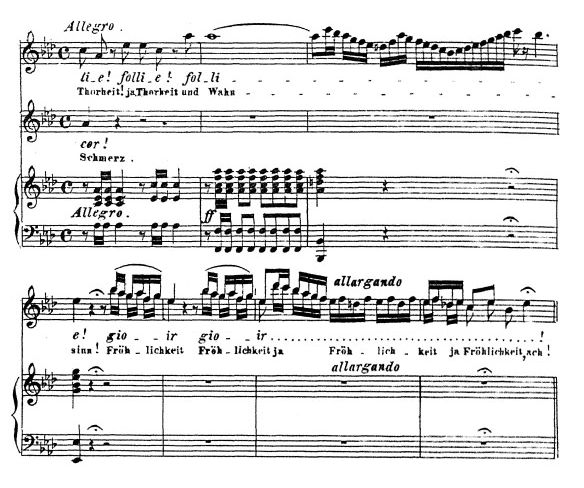
“Head Voice Is For Classical”
A common myth concerns something called “Head Voice,” what it is and what it is good for. Is it only for classical music?
When we sing lower, we normally sing with a texture of sound that is called “chest voice.” Chest voice was so named because it seems like the sound is coming from one’s chest, there are even vibrations there as well. The sound is actually produced in our larynx as the vocal muscles do their jobs.
When we sing higher, it seems like the sound is coming from somewhere in our heads. Still, the sound source is located within the larynx. Yet, on higher notes we feel, if all is working right, sensations in our heads. Sound goes back, up, and over. This feel is a type of sympathetic resonance vibration as well as air movement in our sinus cavities. This feel has been described as “head voice” which has as its true source the complex balanced interplay between the closer and stretcher muscles.
One might think of head voice as “upper full voice.” Head voice is often used by male and female classical singers as they sing in the upper part of their range. Yet, head voice is not just for classical singers, but for popular singers as well. Since head voice is the the upper full voice, then of course popular singers need and indeed use this texture.
The weight and compression factors as well as color of sound may be different between classical and pop in the upper range, but good vocalism is good for all styles of music.
about the author
Allen Rascoe Allen has been enjoying singing since he was a little kid. He officially studied voice at ECU and USC. However, he ran... Read More

RECENT ARTICLES
-

Career Your Opportunities for a Fulfilling Career in Singing
-

Basic Skills, Beginners, Tips Tips To Improve Your Singing Voice
-

Exercises, Warmups 10 Vocal Warm-ups to Change the Way You Sing
-

Basic Skills, Beginners, Exercises, Songs, Voice Teachers, Warmups What is My Vocal Range – Identify, Master and Expand Your Range
RECENT IN KNOWLEDGE
Recent Topics
- Beginning Voice Lessons (1)
- Breathing Techniques (1)
- Confidence (1)
- Experienced Teacher (1)
- Kids Singing Lessons (1)
- Musical Career (1)
- Practice (1)
- Private Lessons (1)
- Professional Singer (2)
- Sing (1)
- Singing Teachers (2)
- Style (1)
- Teach Online (1)
- Vocal Exercises (1)
- Vocal Health (1)
- Vocal Music (1)
- Vocal Pitch (3)
- Vocal Range (4)
- Voice Coach (1)
- Voice Exercises (2)
- Voice Training (4)
- Young Vocalist (1)
Categories
- Basic Skills (7)
- Beginners (8)
- Career (2)
- CCM (1)
- Contemporary Commercial Music (1)
- Crossing Over (1)
- Exercises (2)
- Online Lessons (3)
- Online Voice Lessons (1)
- Songs (2)
- Students (6)
- Tips (4)
- Vocal Coaches (1)
- Voice Teachers (2)
- Warmups (2)
Testimonials

















